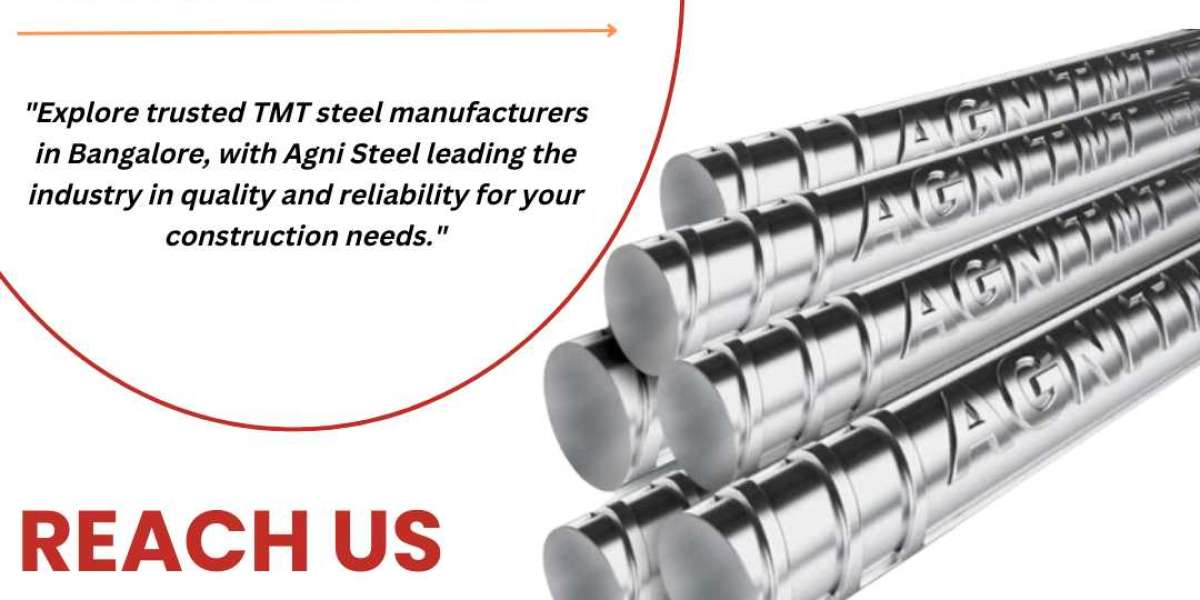Quaking No More: Fortifying Structures with High Ductile TMT Bars for Earthquake-Proof Design
In the ever-evolving landscape of construction, seismic safety stands as a paramount consideration. This blog delves into the critical role of High Ductile TMT Bars in enhancing earthquake resistance, illuminating the innovative strides in structural engineering that contribute to safer and more resilient buildings.
Earthquake Resistance: The High Ductile Advantage
- Material Composition:
High Ductile TMT Bars, forged through advanced metallurgical processes, exhibit a superior blend of strength and flexibility. The combination of ductility and tensile strength allows these bars to absorb and dissipate seismic energy effectively.
- Enhanced Structural Integrity:
Unlike conventional bars, High Ductile TMT Bars maintain their structural integrity even under extreme stress. This is crucial during seismic events, where the ability to withstand deformation without compromising stability is paramount.
- Absorption of Seismic Energy:
The unique composition of High Ductile TMT Bars enables them to act as shock absorbers during earthquakes. They absorb and disperse the energy generated by ground movements, preventing concentrated stress points that could lead to structural failure.
- Reducing Brittle Fracture Risk:
High Ductile TMT Bars significantly reduce the risk of brittle fractures in structures. Their ductile nature allows for controlled deformation, preventing sudden and catastrophic failures that can occur in less flexible materials.
- Compliance with Seismic Codes:
Modern building codes increasingly emphasize the use of earthquake-resistant materials. High Ductile TMT Bars not only meet but often exceed these standards, providing a reliable solution for architects and engineers designing structures in seismically active zones.
Real-world Applications and Success Stories:
- Retrofitting Projects:
Numerous retrofitting projects around the globe showcase the successful integration of High Ductile TMT Bars to enhance the seismic resilience of existing structures. These projects stand as testaments to the adaptability and effectiveness of this technology.
- High Ductile TMT in High-Rise Buildings:
High-rise structures, particularly prevalent in urban seismic zones, benefit from the enhanced earthquake resistance provided by High Ductile TMT Bars. The flexibility of these bars is particularly advantageous in tall buildings subjected to lateral forces during earthquakes.
- Bridges and Infrastructure:
Critical infrastructure, such as bridges and overpasses, has seen a surge in the use of High Ductile TMT Bars. Their ability to withstand seismic forces ensures the continued functionality and safety of these essential components of transportation networks.
Challenges in Seismic Design and How High Ductile TMT Bars Address Them:
- Dynamic Loading:
Seismic events generate dynamic forces that can exert immense pressure on structures. High Ductile TMT Bars, with their ability to absorb and dissipate energy, counteract these dynamic loads, mitigating potential damage.
- Soil-Structure Interaction:
The interaction between the building and the soil during an earthquake is a critical consideration. High Ductile TMT Bars contribute to the overall flexibility of the structure, minimizing the impact of soil movement on the building's stability.
- Retrofitting Historic Structures:
Preserving the cultural heritage embodied in historic structures often requires retrofitting for seismic resilience. High Ductile TMT Bars provide a modern solution without compromising the architectural integrity of these cherished buildings.
Economic Considerations:
- Long-Term Cost Savings:
While the upfront cost of using High Ductile TMT Bars may be slightly higher, the long-term cost savings are significant. The reduction in maintenance, repair, and potential reconstruction expenses outweigh the initial investment.
- Insurance Premiums:
Structures fortified with earthquake-resistant materials, such as High Ductile TMT Bars, may attract lower insurance premiums due to their decreased vulnerability to seismic damage. This economic benefit adds an additional layer of incentive for builders and property owners.
Future Trends and Innovations:
- Nanotechnology Integration:
Ongoing research explores the integration of nanotechnology into the production of High Ductile TMT Bars, aiming to further enhance their seismic resistance and overall performance.
- Advanced Simulation Techniques:
Engineers are increasingly relying on advanced simulation techniques to model the behaviour of structures during earthquakes. This, coupled with the use of High Ductile TMT Bars, allows for more precise and effective seismic design.
As technological advancements continue to push the boundaries of what is possible in construction, the integration of these bars into seismic design practices represents not only a practical necessity but a commitment to creating a safer, more resilient built environment for generations to come. In the face of seismic challenges, the architectural landscape is undergoing a seismic shift towards innovation, sustainability, and above all, safety.
The incorporation of High Ductile TMT Bars in seismic design represents a pivotal advancement in ensuring the safety and resilience of structures in earthquake-prone regions. As statistics underscore their efficacy and real-world applications showcase success stories, it's evident that these bars are not just components of construction; they are guardians of stability, providing a shield against the unpredictable forces of nature. In the ever-evolving realm of earthquake-resistant design, High Ductile TMT Bar stands as a beacon of innovation, guiding the construction industry toward a safer and more secure future.








